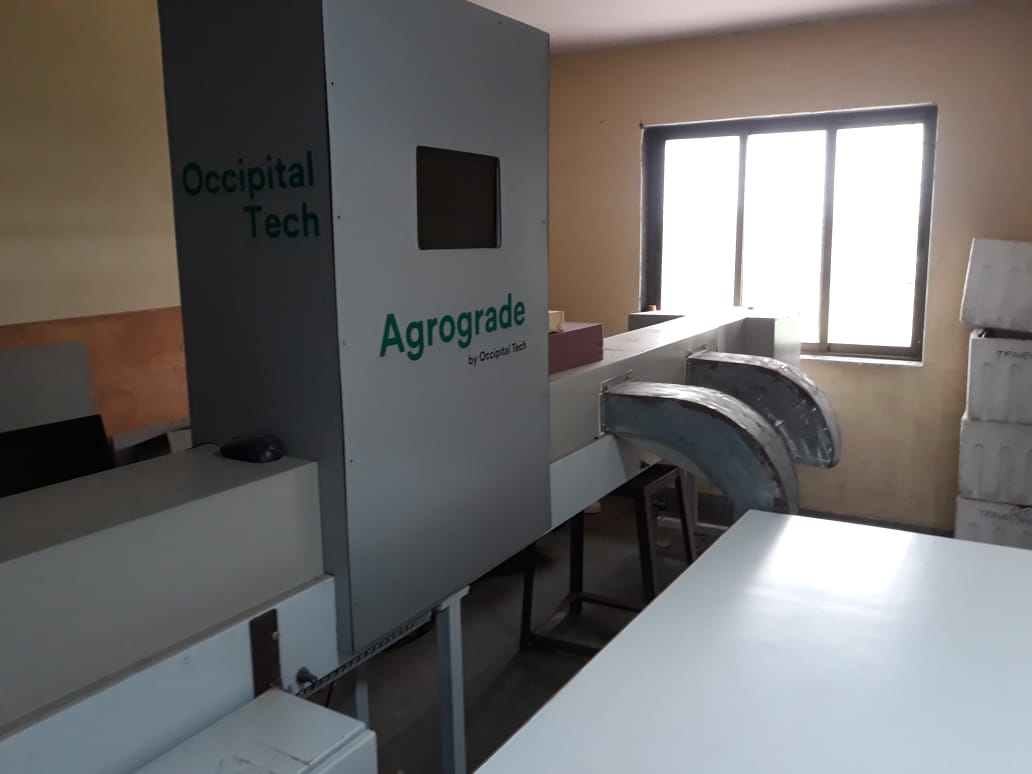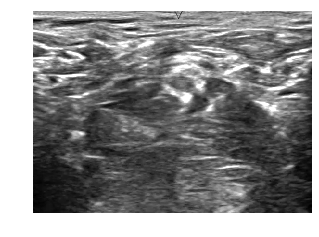
The Sortobot project is aimed at the development of indigenous technology for sorting and grading of agro-commodities at an industrial scale. It uses computer vision to analyze the surface of instances of the commodities and uses machine learning for classification based on various user-selectable parameters such as the severity of the defect. With this project, we have developed a sorting machine that costs a fraction of the imported alternatives while at the same time has better accuracy, functionality, and flexibility that modern trade demands. Please visit Occipital Technologies in order to enquire about this product.




